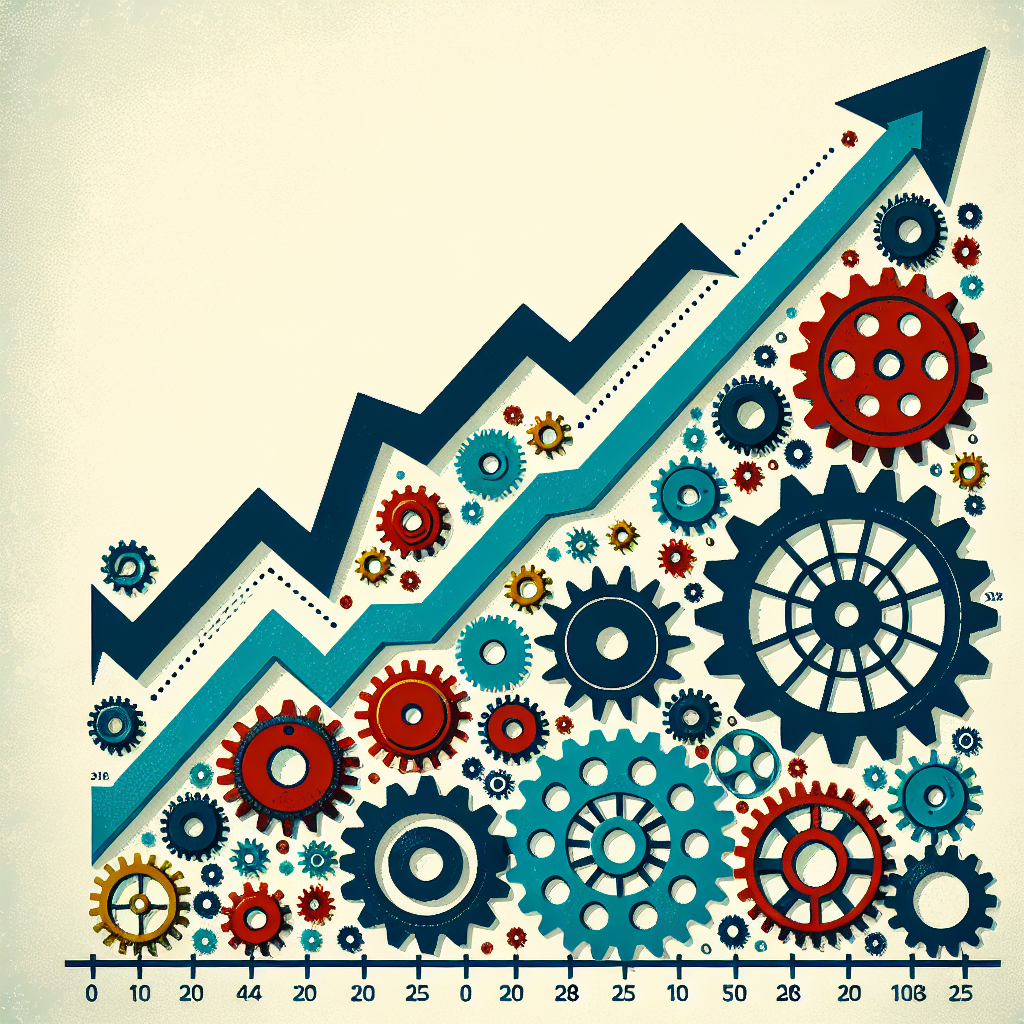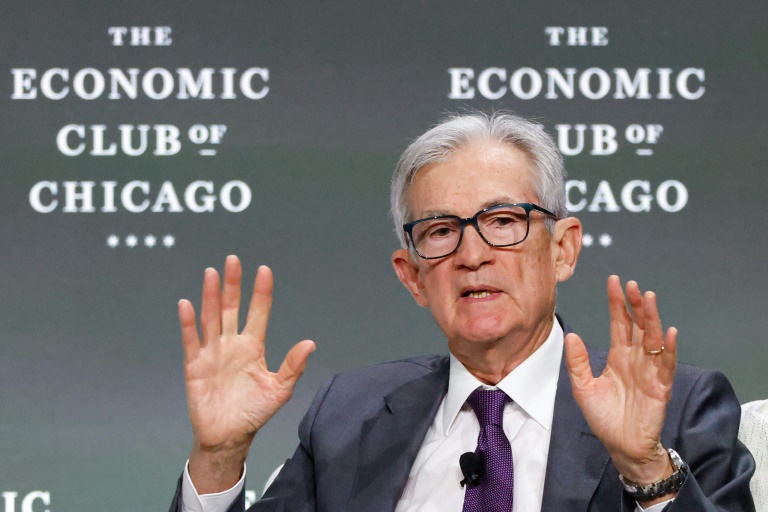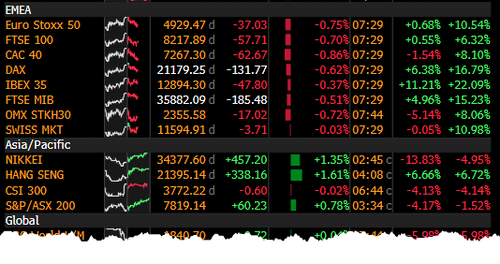The Trump tariffs are continuing to roil the business world, plunging the U.S. stock market dangerously close to bear territory.
External forces like trade policies mean companies have limited leeway on how to protect themselves.“Tariffs, like any crisis, are extremely dynamic — and the latest round that imposed tariffs on all U.S.

importers is a perfect example,” Leagh Turner, CEO of Coupa Software, told PYMNTS.“They impact businesses in different ways depending on their country, product type and trade relationships. That makes it difficult for leaders to predict the full impact to their business.
”But artificial intelligence (AI) can help, despite the daily turbulence. A Zilliant survey found that 83% of U.S.
C-suite leaders are using AI to adapt their pricing strategies to economic volatility, according to Stephan Liozu, chief value officer.Before diving into AI solutions, companies must first assess the following, according to Praful Saklani, CEO of Pramata.Assess areas of the business potentially exposed to higher costs.
Determine the scale of the exposure by contract and relationship.Understand the tools and strategies at one’s disposal.Here are ways companies can use AI to navigate tariffs or cut costs, according to executives.
1. Use AI to monitor and understand shifting tariff policies in real time, allowing businesses to pivot more quickly.“AI-powered trade policy monitoring scans government announcements and regulatory updates to forecast potential tariff shifts,” Tarun Chandrasekhar, president and CPO at Syndigo, told PYMNTS.
He added that historical analysis of past trade policies and macroeconomic trends identifies patterns that can give brands insight into how possible future tariff increases or decreases could impact them, such as how tariffs on specific materials affected sales of certain clothing items.2. Use AI to find new sources for raw materials and other supplies.
“AI can also facilitate material selection by assessing availability, compliance, and cost implications, which helps brands find substitute materials when needed without compromising on quality or compliance with regulatory standards,” Chandrasekhar said.Various AI models optimize for price, quality, and time delivery, while minimizing the disruption for your own customers, said Vaclav Vincalek, CTO at Hiswai, in comments to PYMNTS.Chandrasekhar said AI can make tariff classification and compliance “significantly” easier as well, to avoid penalties and overpayment issues.
Automated classification systems can scan product attributes to assign correct harmonized system codes, minimizing the risk of misclassification.Read more: 82% of US Workforce Believes GenAI Boosts Productivity3. Improve supplier resiliency and scenario planning with AI.
“Tap into buyer-supplier networks to run different scenarios to find near-shore or offshore suppliers, negotiate terms and reroute supply chains — rapidly. Essentially, enabling the quick pivot,” Turner said.She also recommended optimizing operations to improve on-hand inventory and cash.
The availability of planning and forecasting tools means companies can compare supplier pricing, data and risks to optimize inventory, giving them a cushion, Turner said.It’s also important to assume total control over the spending lifecycle. Having insights and a holistic view of spending and suppliers sets up companies to make agile changes in the supply chain, she added.
4. AI can help increase efficiency, reduce costs and raise worker productivity.Tariffs will cut into the bottom line of many companies but AI can help keep costs down while ensuring productivity stays up.
According to a January 2025 PYMNTS Intelligence report, “GenAI: A Generational Look at AI Usage and Attitudes,” 82% of workers who use generative AI at least weekly say it increases productivity. But half of these workers also worry that AI would take their jobs.As for cost reduction, Shopify CEO Tobi Lutke is looking to save money by using AI instead of hiring more workers.
In a memo to employees he posted on X, Lutke wrote that “before asking for more headcount and resources, teams must demonstrate why they cannot get what they want done using AI.”5. Be realistic about how much AI can help and use other strategies as well.
Pierre Laprée, chief product officer of SpendHQ, told PYMNTS that while AI has a role to play, it’s “misguided” to believe that AI will automatically offset rising costs from trade policy shifts.“Tariffs are complex, and so is procurement. You need more than an algorithm — you need clean, structured, specific data.
Without that, AI won’t reduce risk. It will amplify it,” Laprée said.Paul Magel, president of the supply chain tech division at CGS, agreed.
He told PYMNTS that the data feeding into the AI systems must be clean and accurate for it to work optimally. “AI is not a panacea,” Magel said. “It’s incredibly helpful but requires the right approach to be effective.
”The post 5 Ways AI Can Help Mitigate the Impact of Tariffs on Business appeared first on PYMNTS.com..
Business

5 Ways AI Can Help Mitigate the Impact of Tariffs on Business

The Trump tariffs are continuing to roil the business world, plunging the U.S. stock market dangerously close to bear territory. External forces like trade policies mean companies have limited leeway on how to protect themselves. “Tariffs, like any crisis, are extremely dynamic — and the latest round that imposed tariffs on all U.S. importers is [...]The post 5 Ways AI Can Help Mitigate the Impact of Tariffs on Business appeared first on PYMNTS.com.















